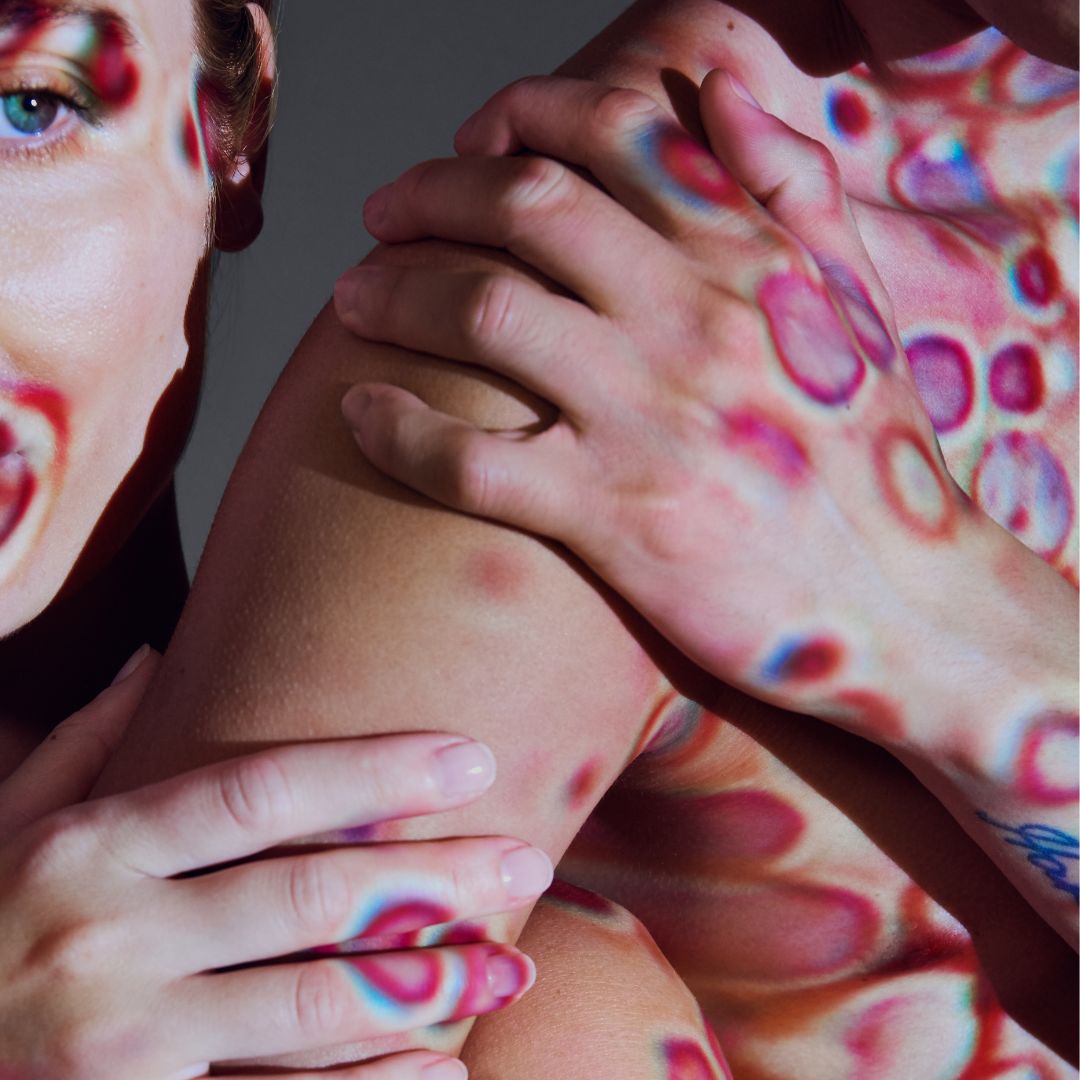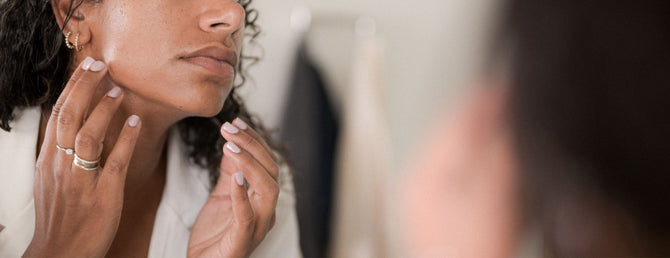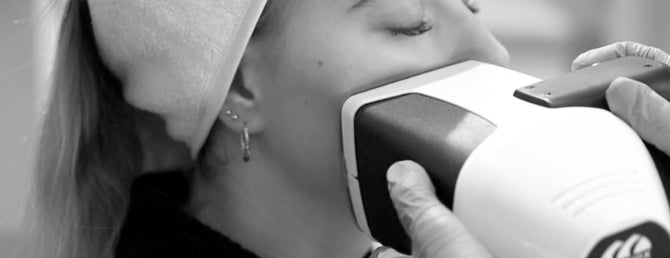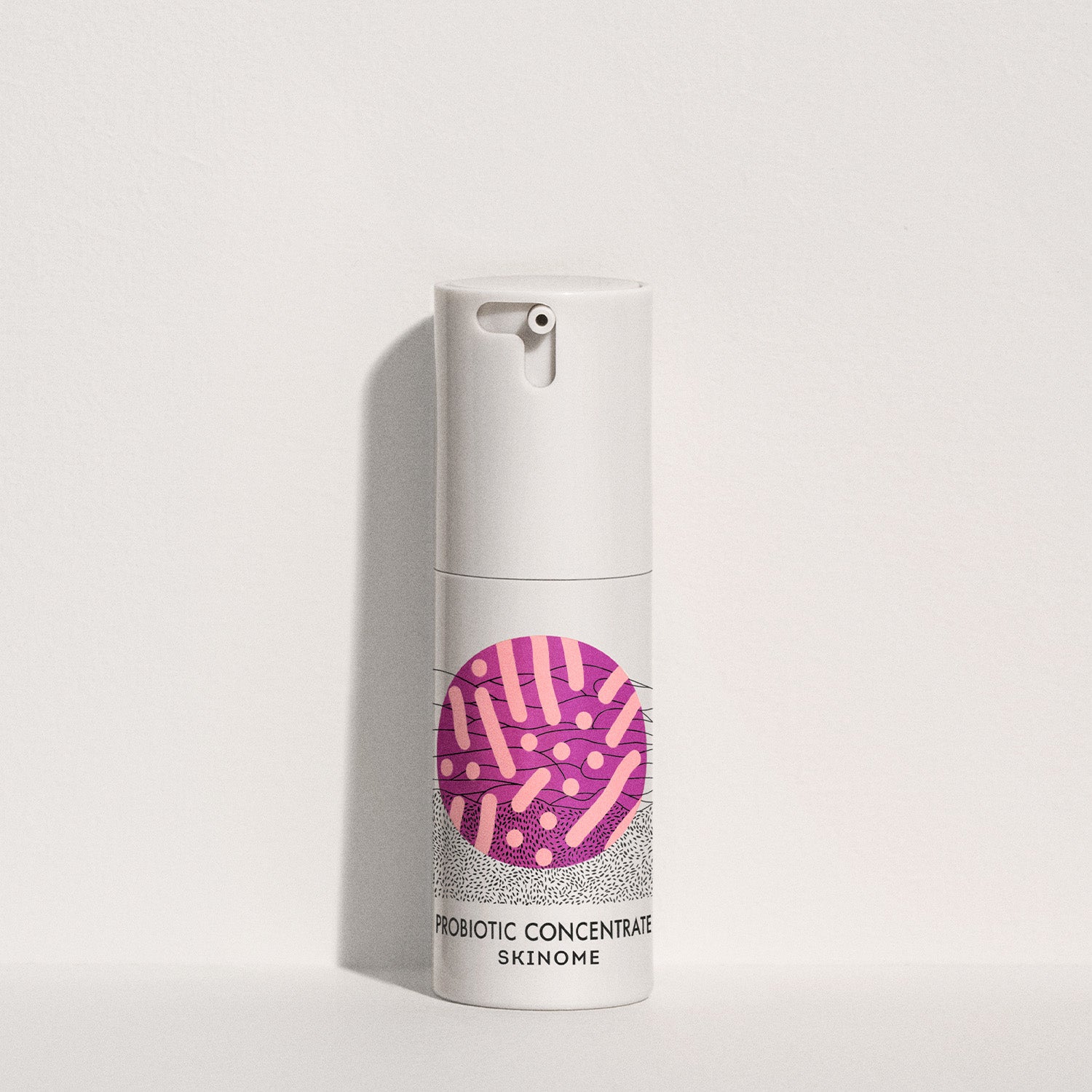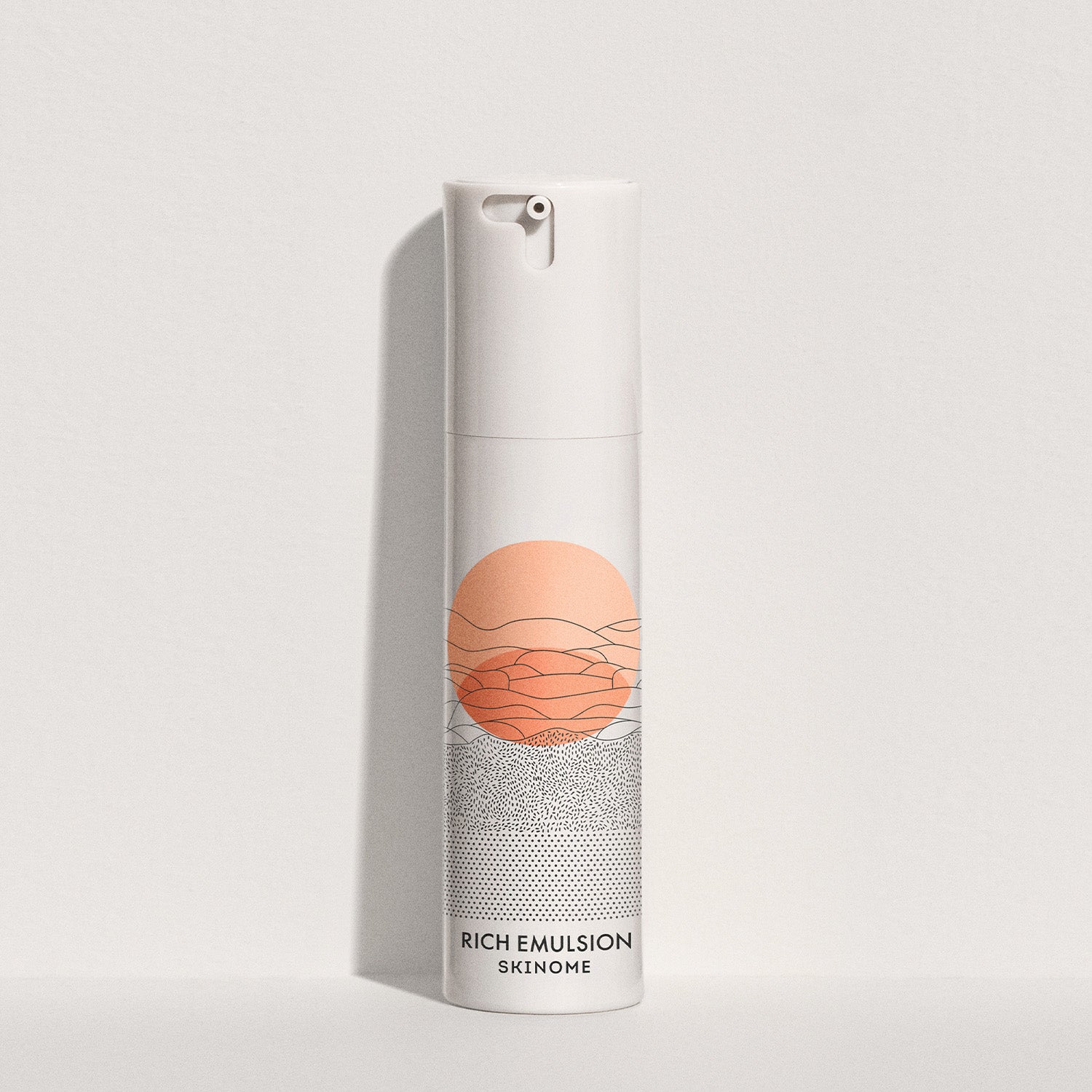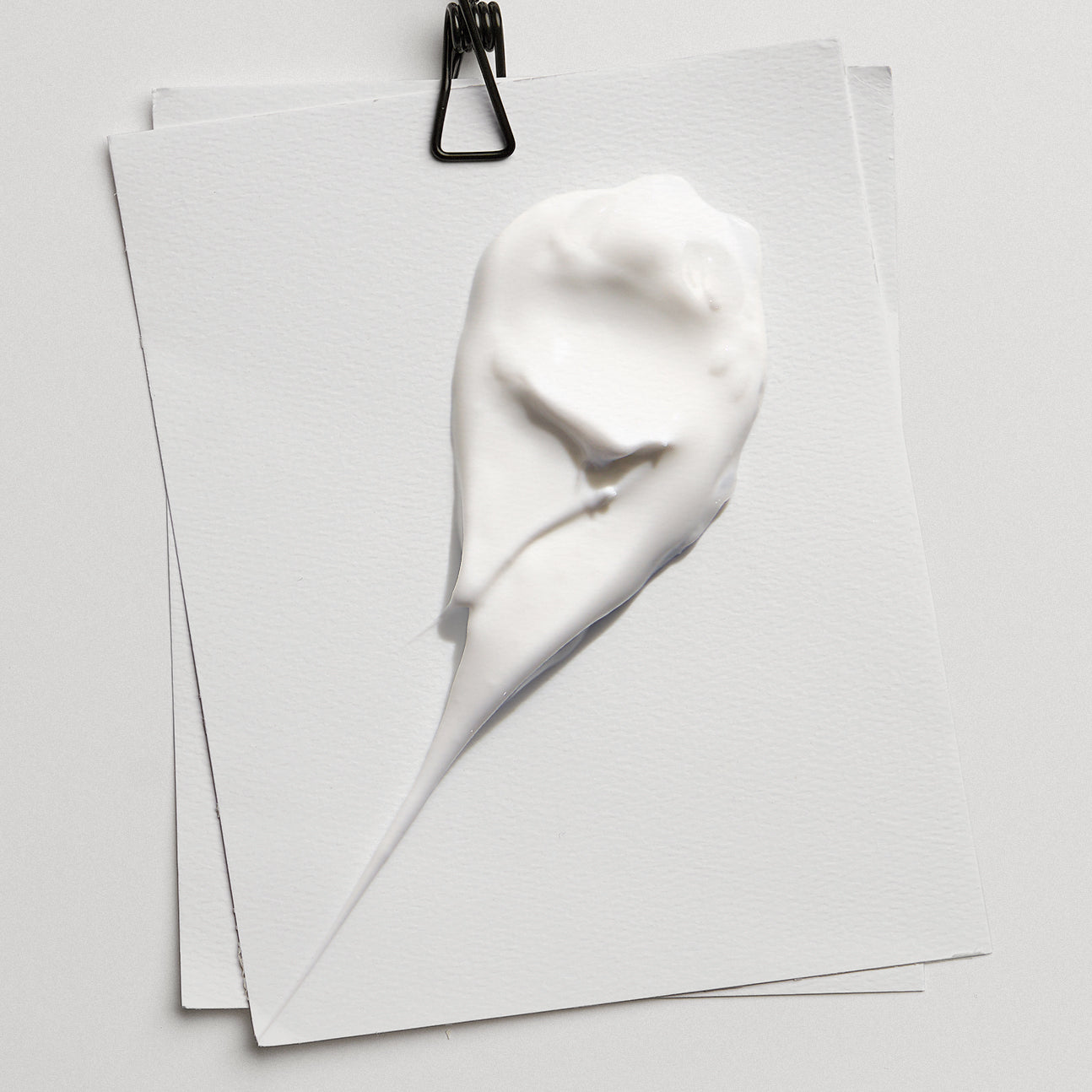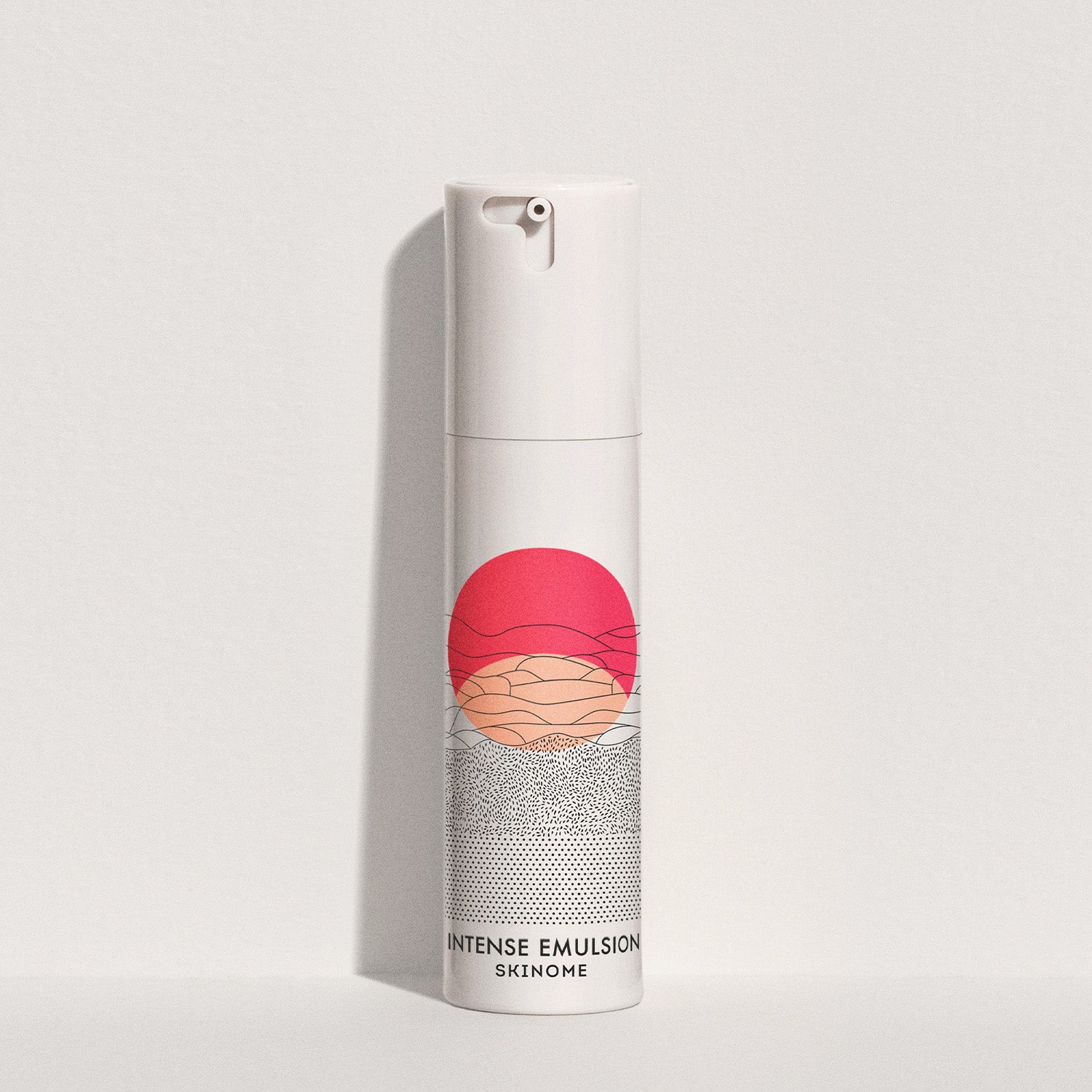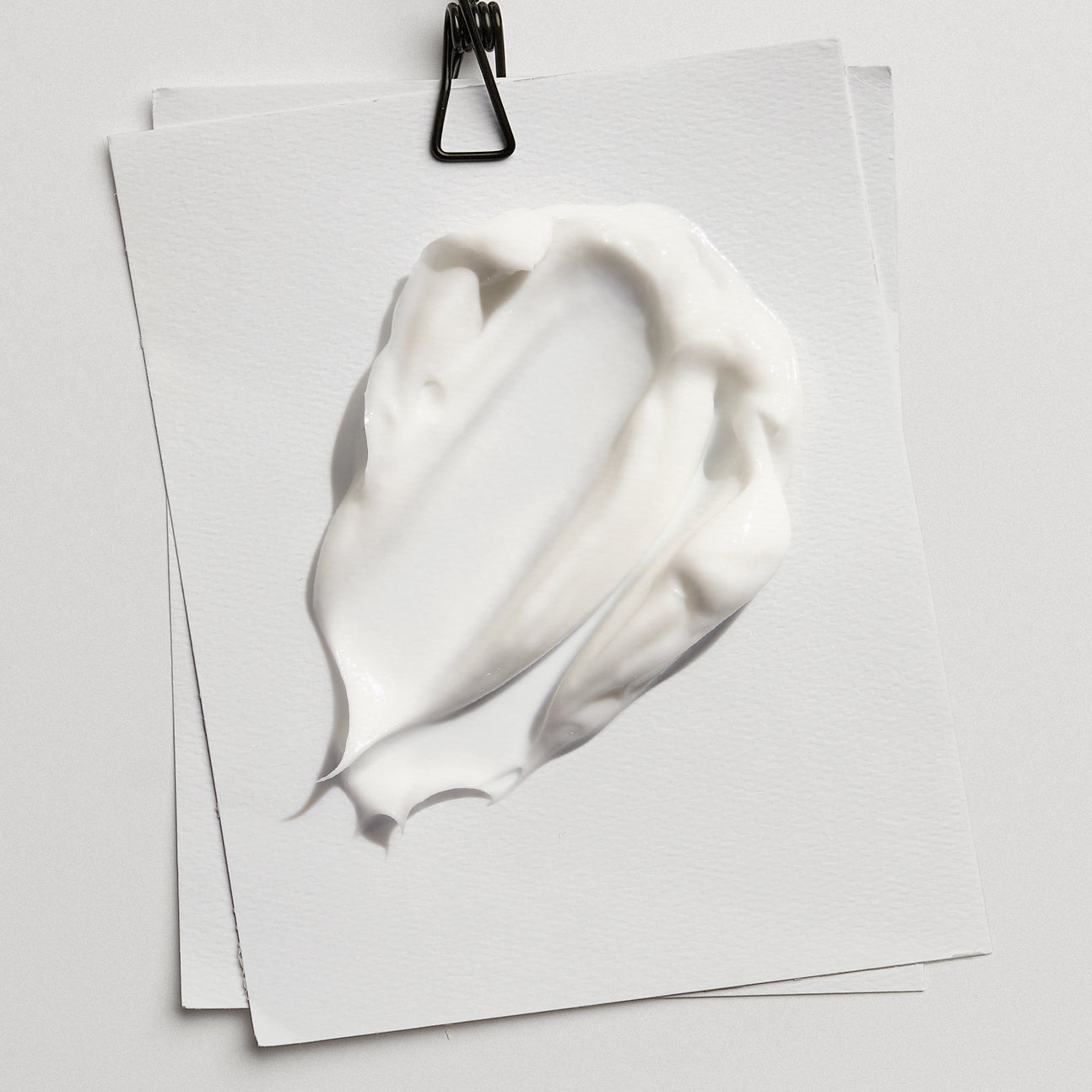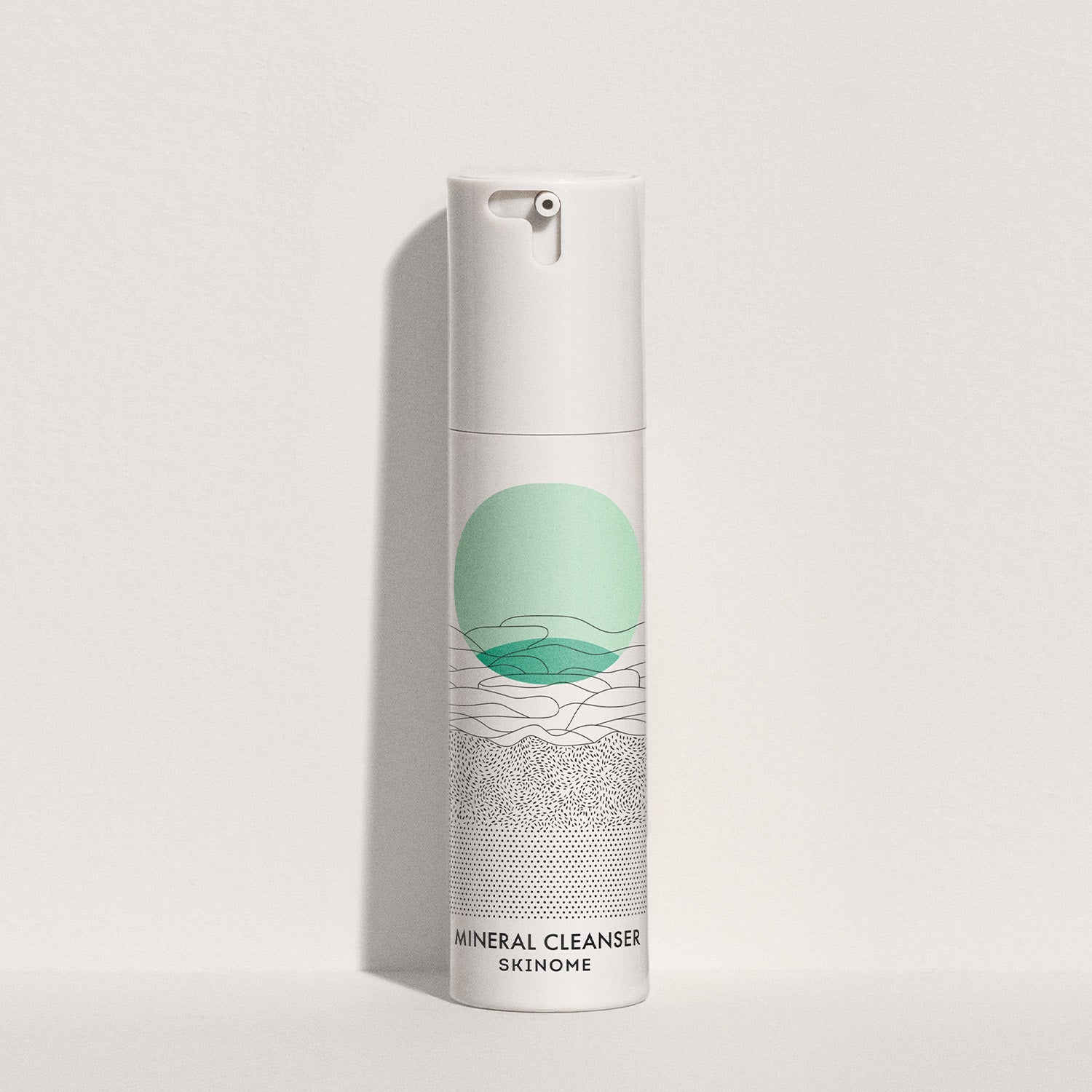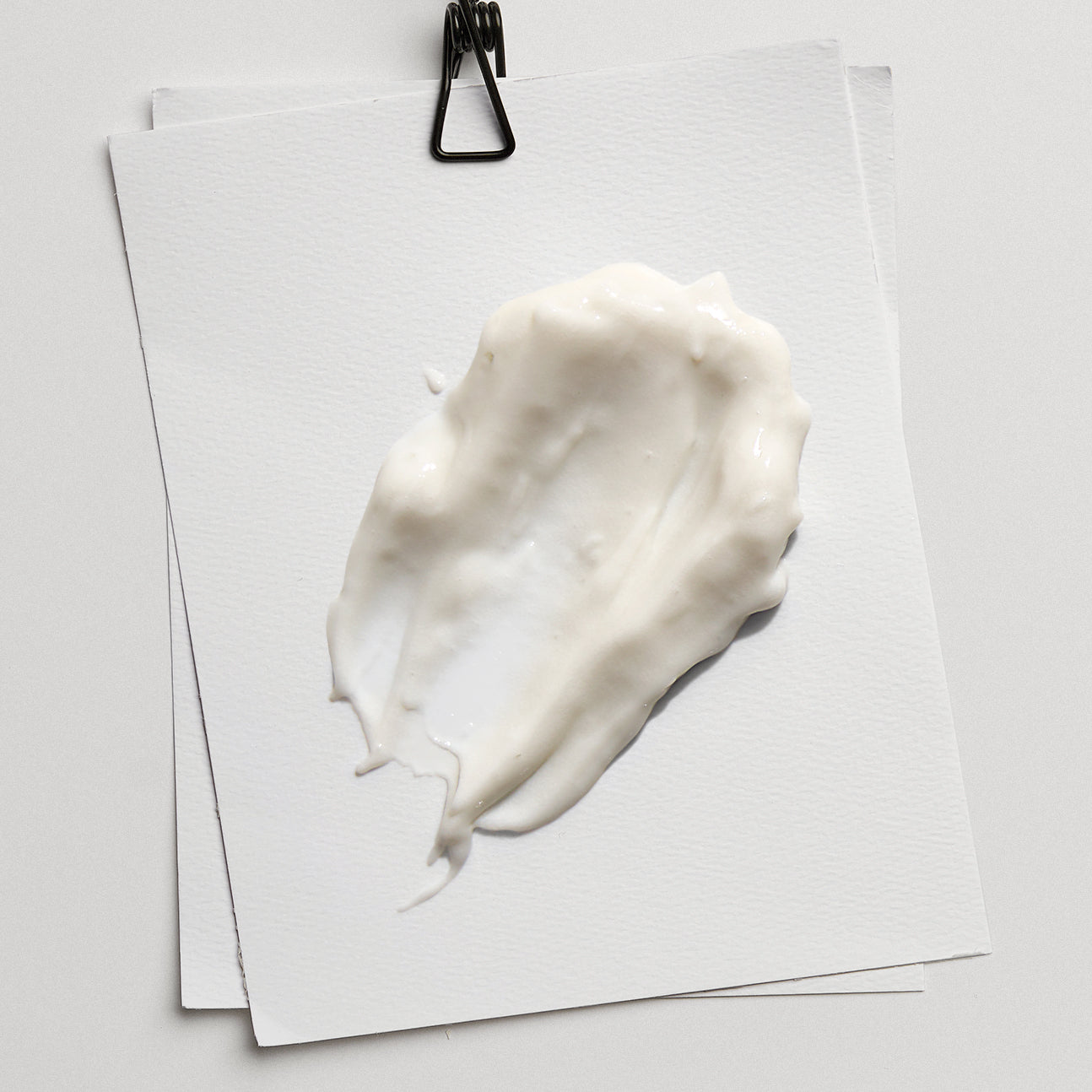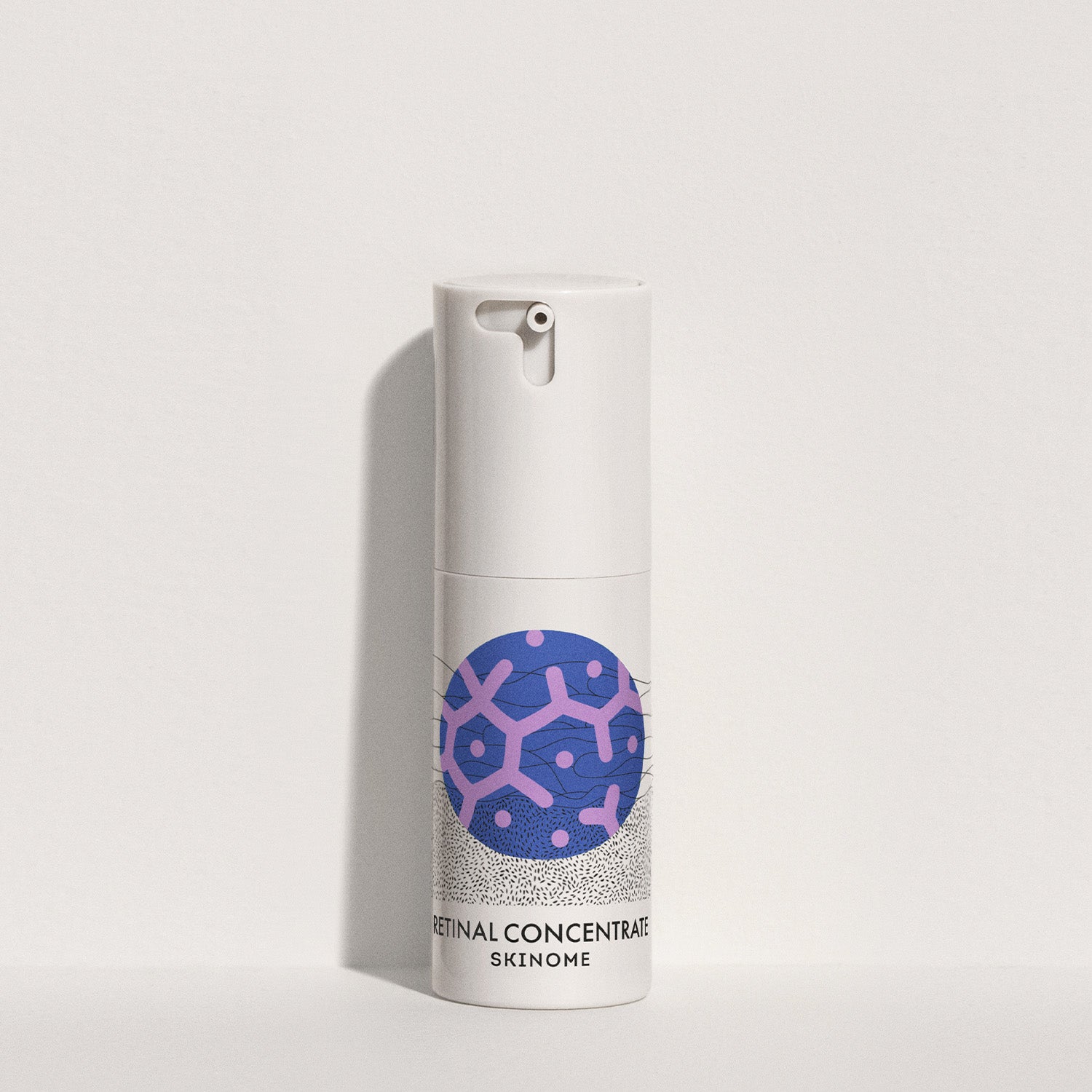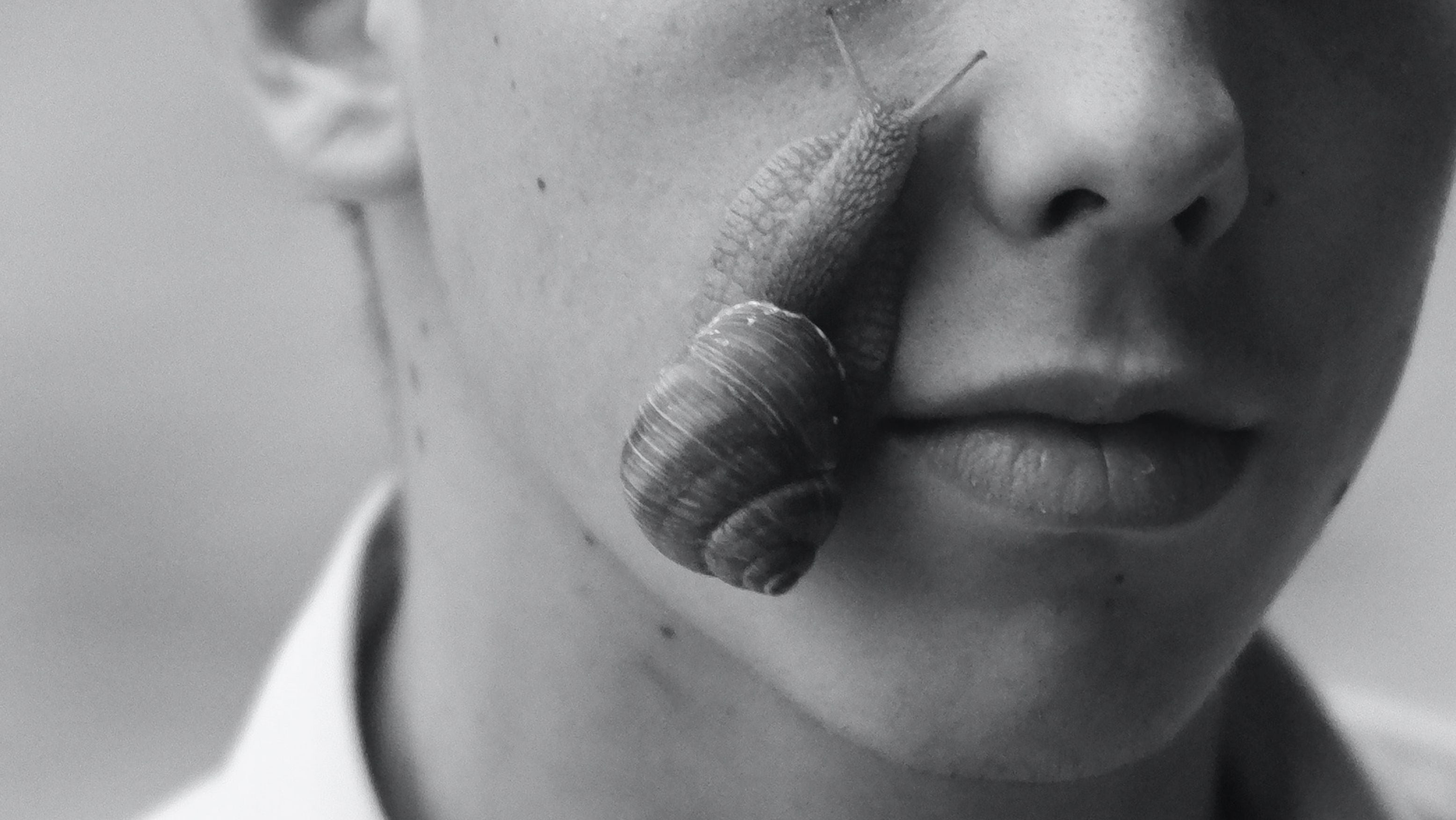
Snail mucin or substances from snails have been used in traditional medicine for a long time, stretching back as far as ancient Greece where it was used in the treatment of various skin conditions. Today we often see it in modern skin care, especially from Korea. Snail mucin in skin care is said to contribute with various skin care properties linked to aging, irritated skin, inflammation or redness. But how does it actually work, what does the scientific literature say about snail mucin?
Snail slime has a historical use for treating various types of skin conditions, especially to cure, relieve or counteract inflammation, irritation, infections and wound healing, it is also reported to have been used in ancient Greece for its anti-inflammatory and wound healing effects.
In modern skincare, it has been seen in more and more different skincare products and the mucus that is usually used in cosmetic products is one that is secreted when the snail is stressed or injured, but snail eggs are also found as an ingredient. This is secreted to protect the snail and counteract and heal injuries that occur. The snail mucus often comes from a species called Cryptomphalus Aspersa, also known as the spotted grape snail. This is found naturally in a few places in Sweden, but the ingredients are not produced in Sweden.
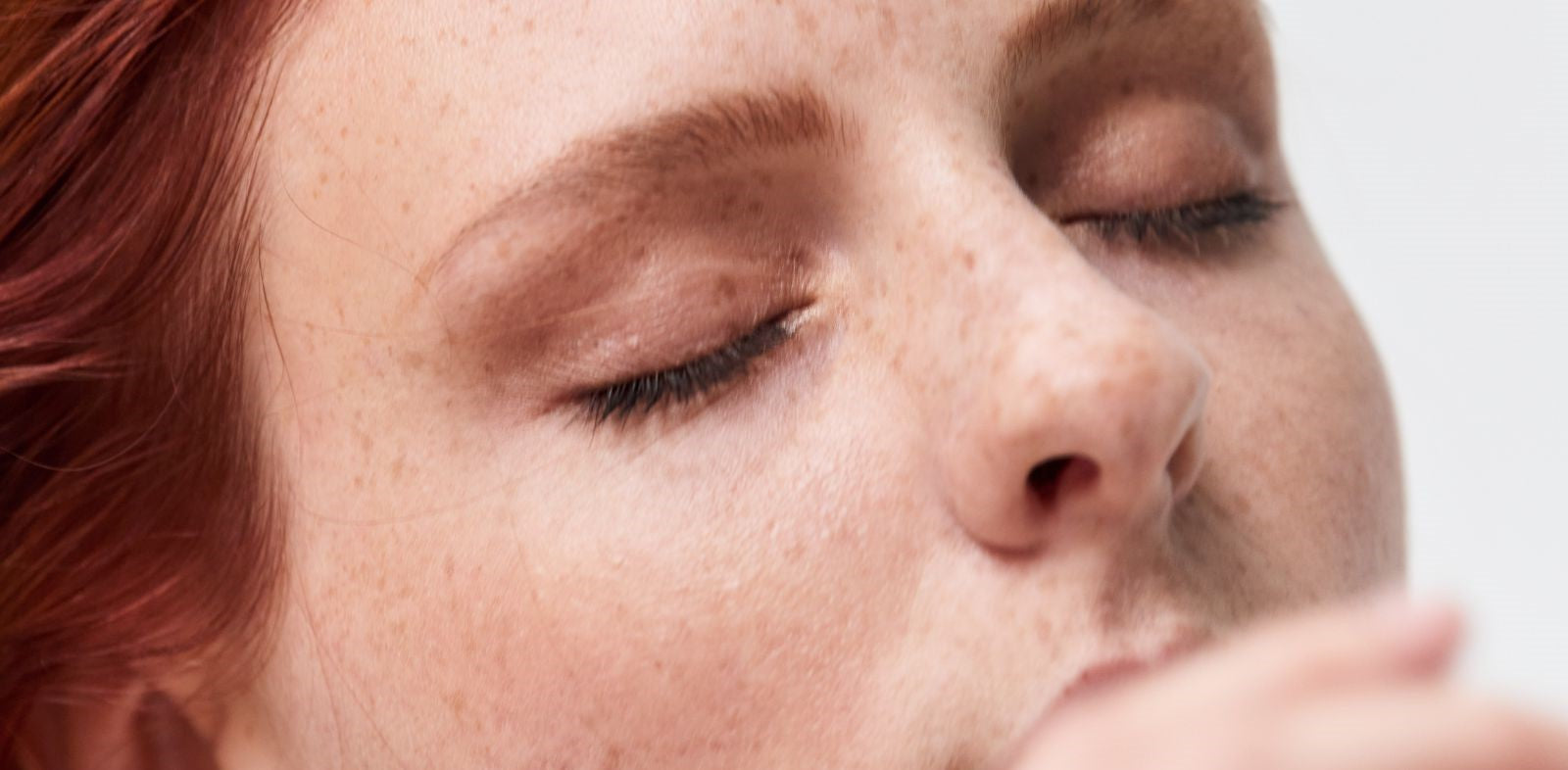
Snail mucus contains mostly water, usually more than 90%, as well as various larger molecules that give the mucus its consistency such as glycosaminoglycans, proteoglycans and glycoproteins which are sugar-based large molecules that bind moisture. Collagen, elastin and hyaluronic acid are other large molecules that may be present.
These substances are so large that they do not penetrate the skin barrier and therefore cannot exert a moisturizing and softening effect other than on the surface of the skin. Smaller substances with reported occurrence are allantoin, glycolic acid, as well as various antimicrobial peptides and minerals such as zinc, iron, copper and manganese. These substances could penetrate the skin barrier and exert an effect.
There is scientific literature that shows that snail slime could have an effect on the skin, but few if any controlled studies have shown an effect after using products on normal, undamaged skin.
Most scientific studies on snail mucus are so-called mechanistic studies where ingredients from snails are tested for different skin care properties where the aim is to understand the effect of individual extracts or substances in the extracts and the effect in different models. There are only a few studies that have been carried out through randomized clinical trials on humans, which means that the study has been done according to a higher scientific standard and with control preparations.
In one of these studies, the effect of extracts from snail mucus and snail eggs was studied, but also together with other active ingredients, which makes it difficult to distinguish which effect comes from which ingredient and whether the effect comes from the snail extracts used.
It is therefore not possible to exclude that the reported effect comes from another of the active substances contained.
It is good to know that there is a risk of allergy with snail slime, but it does not seem to be common. However, because snail slime is a mixture of many substances, there is a greater risk that it can cause problems in the skin, especially if the skin is already affected or sensitive.
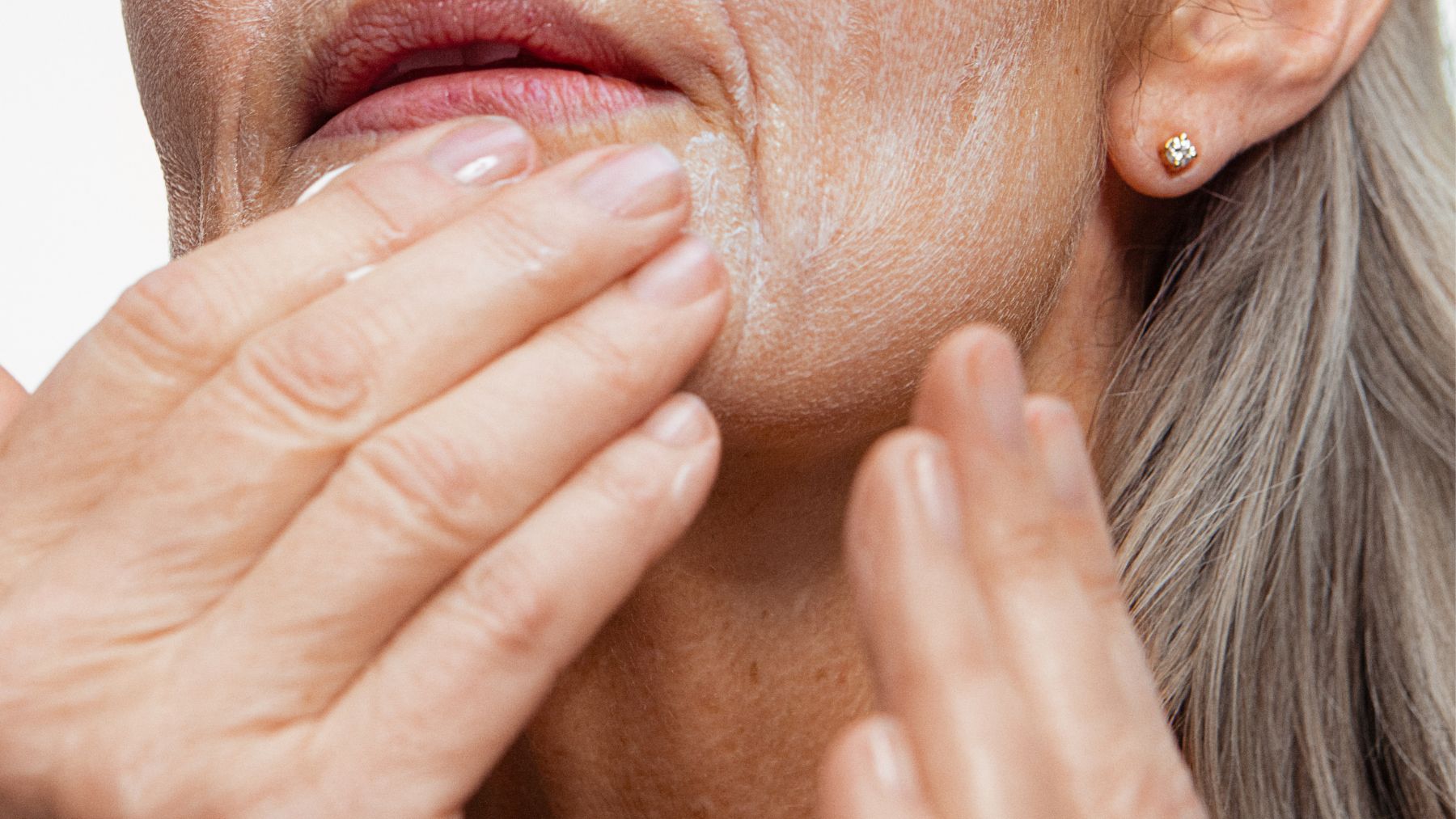
After a thorough review of the available literature, snail slime appears to be a so-called "story ingredient", i.e. an ingredient that is primarily added to the product to create an exciting story and give a sense of innovation. Mechanistic studies have demonstrated potential positive effects of snail extract on the skin, and perhaps especially if the skin is damaged. However, it is important to note the lack of studies that show that these effects can actually be realized when the substance is used in skin care products on normal skin.
Although some minor constituents of snail slime, such as allantoin, organic acids and minerals, have the potential to cross the skin barrier and provide beneficial effects, it is likely more appropriate to use these isolated substances. Using pure substances reduces the risk of side effects and other potential problems.
Further research is needed to provide a clearer picture of the effects of snail slime and to understand which specific substances potentially provide these benefits. It is also valuable to investigate whether using the whole snail slime provides any unique benefits compared to using individual isolated substances. Thus, more extensive studies are needed to determine whether snail slime is actually an effective alternative for skin care and whether it provides added value compared to using some of the substances contained in snail slime.
Our view is that it is better to use scientifically studied and proven ingredients both from a skin health perspective and an environmental perspective, then we also don't have to have snail farms and don't have to worry about the animals' well-being.
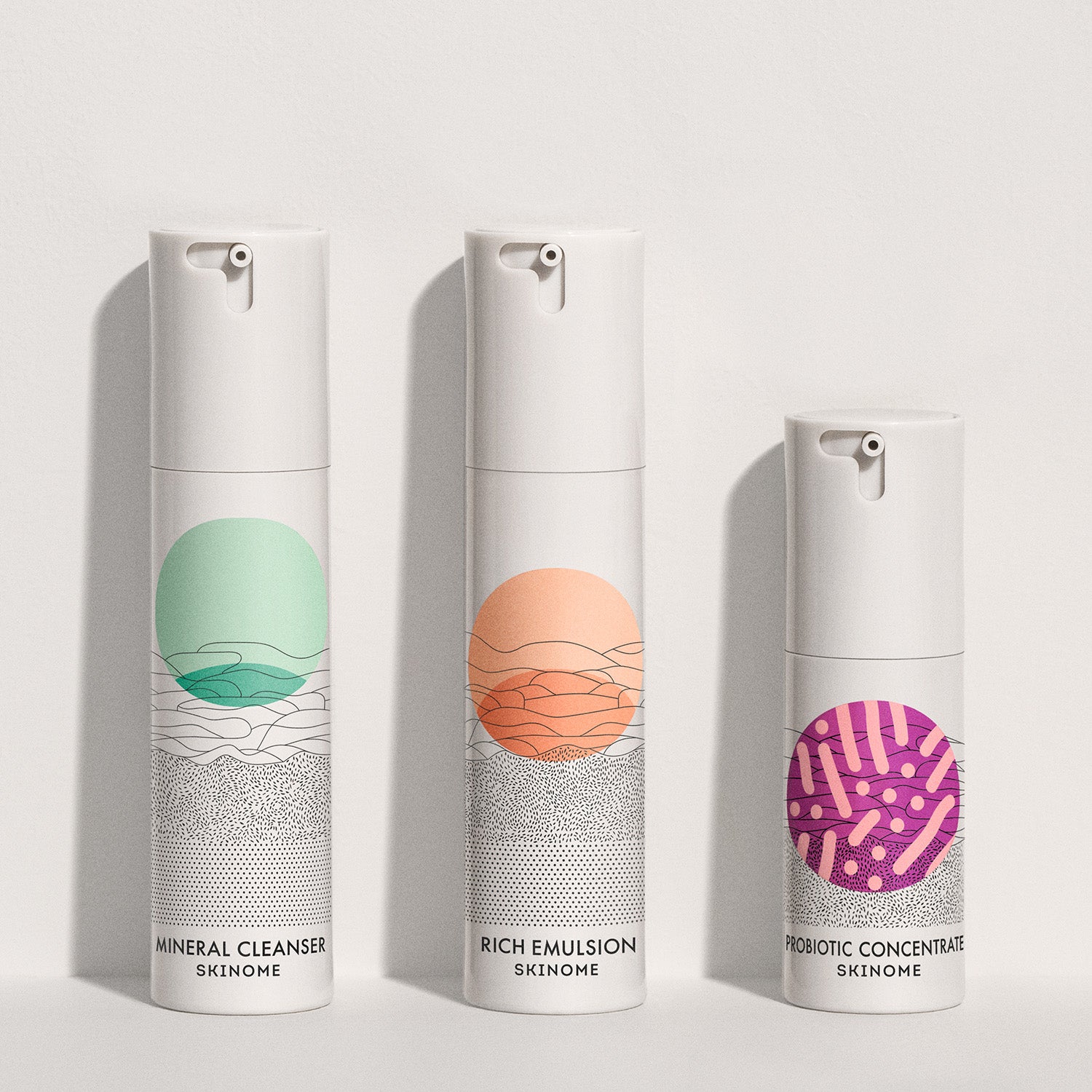
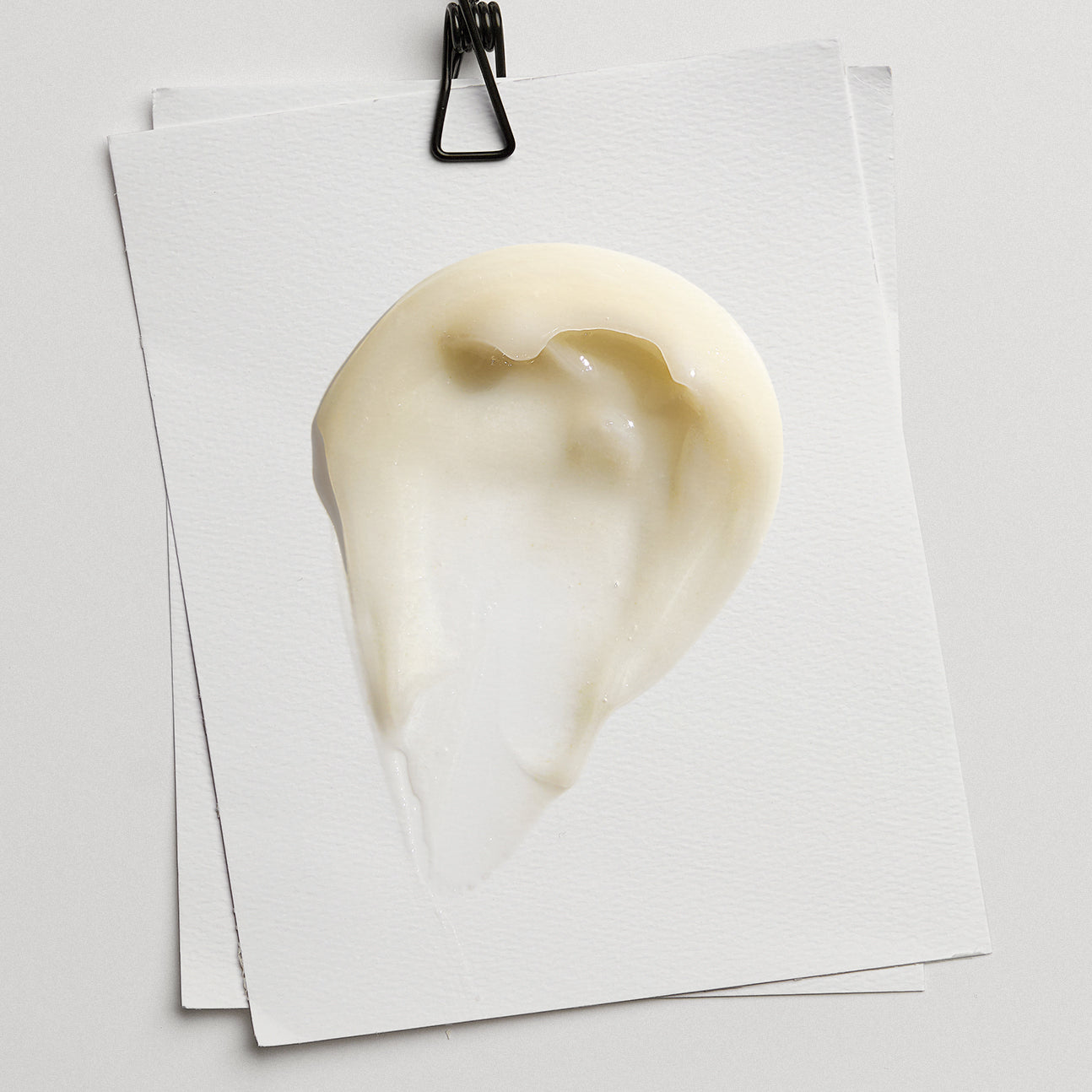
Microbiome-strengthening routine for normal, dry/sensitive skin.
1 468 SEK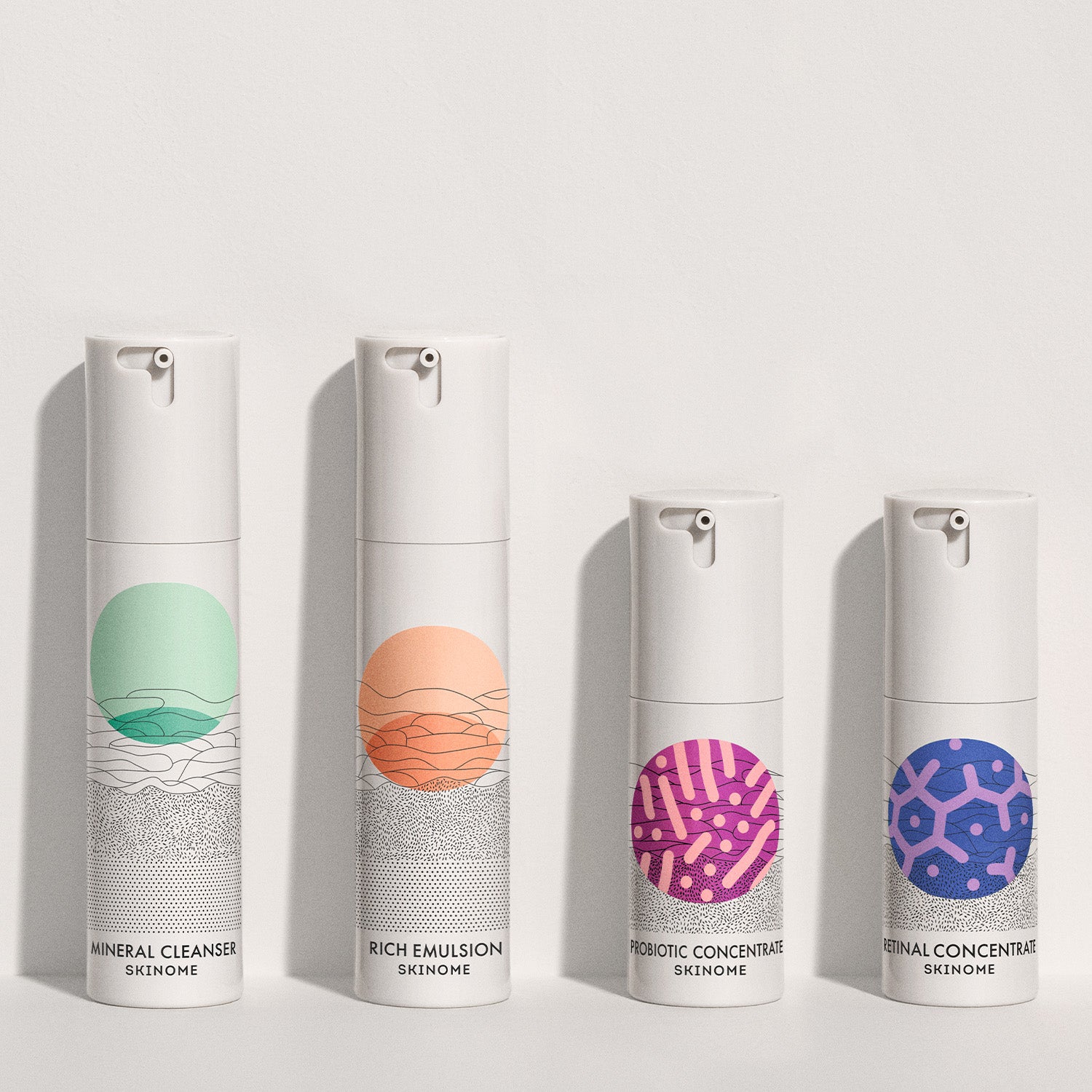
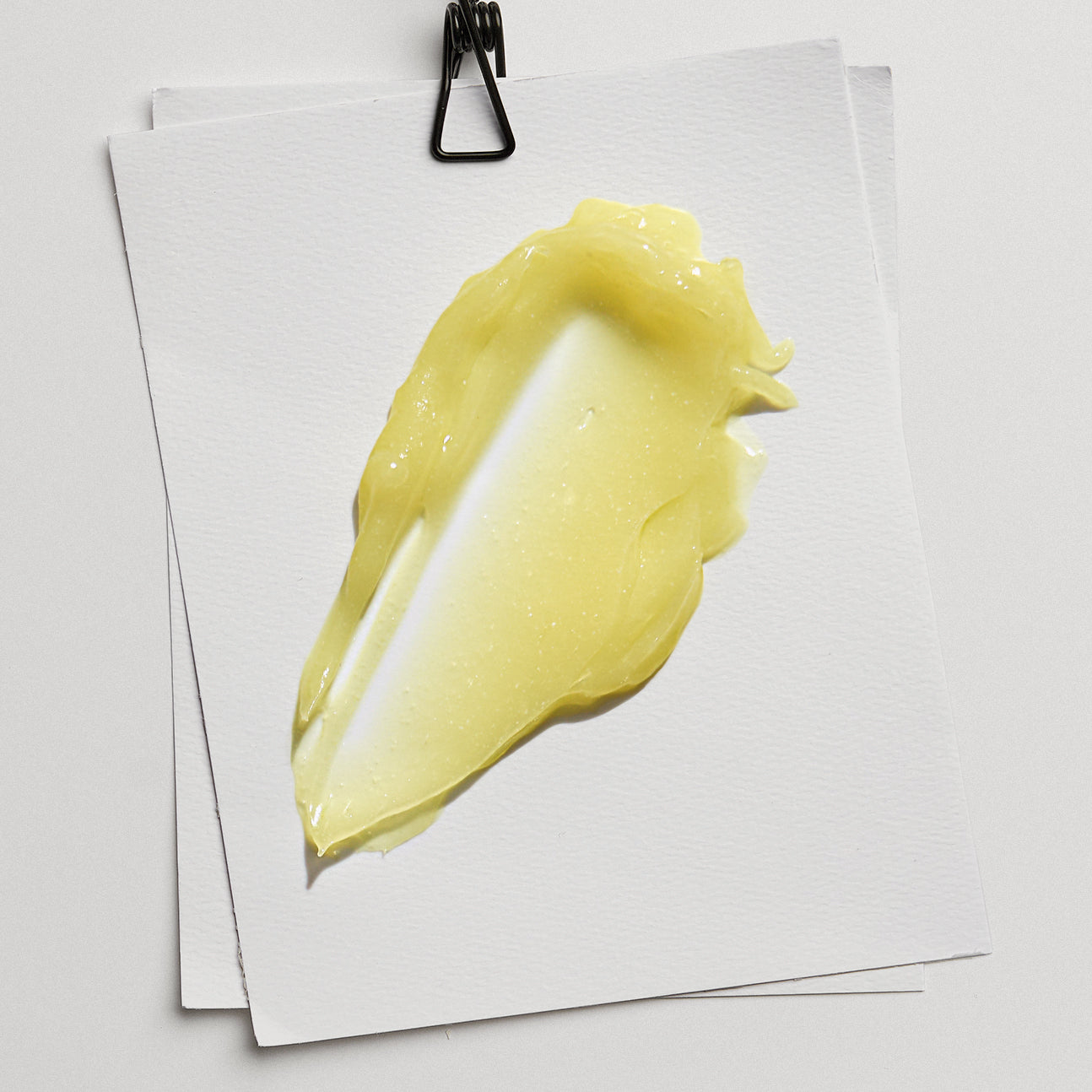
Routine that minimizes fine lines, moisturizes and strengthens the microbiome.
2 101 SEK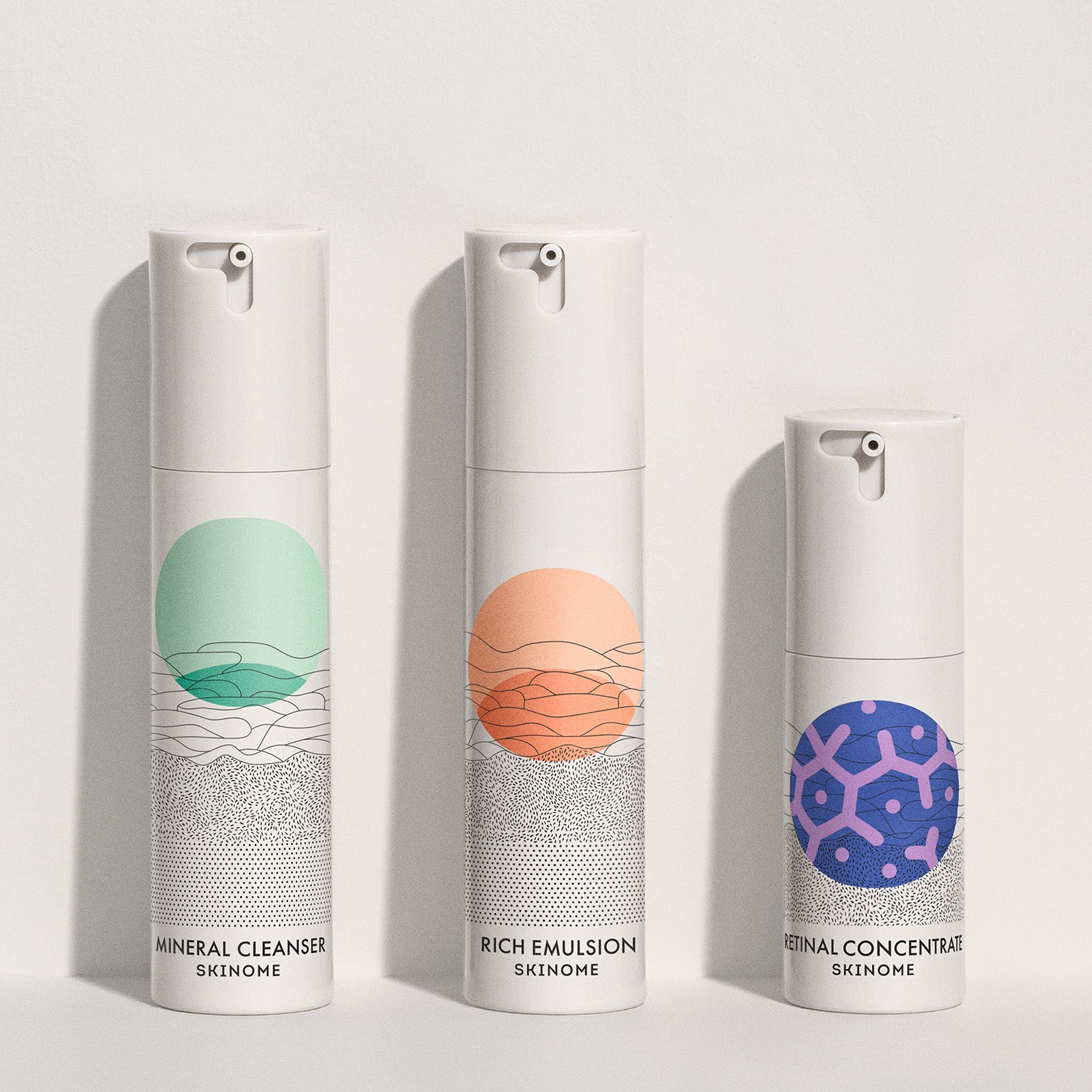

Routine for normal/combination skin that reduces fine lines and increases skin elasticity.
1 553 SEK